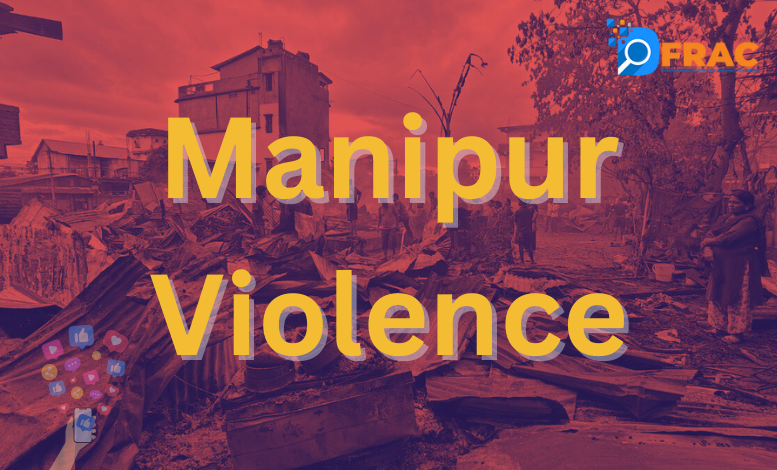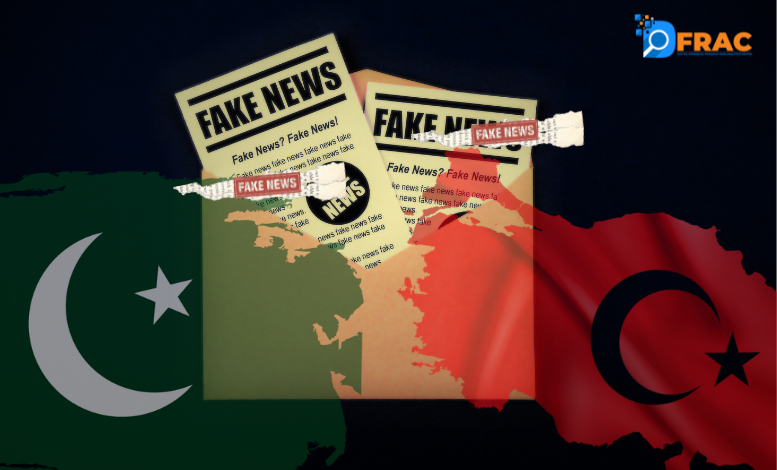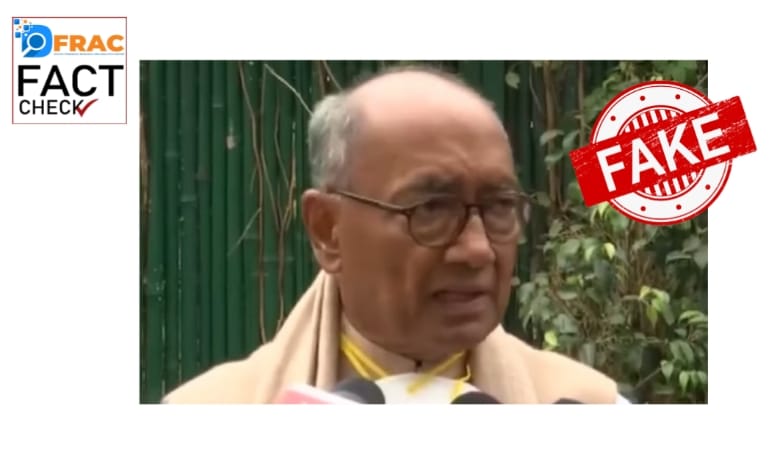In May 2023, the state of Manipur was up in flames after communal clashes broke out between the Meitis and the Kukis. As of December 2023, over 175 people had died in the rioting and 70,000 people were displaced according to official reports. Collectively, the state’s ethno-cultural diversity, the politics of welfarism and the state’s long border with Myanmar contributed to the ethnic violence in the region. Amidst these realities, we cannot overlook the role of social media campaigns as catalysts to the conflict. If policies and migrant influx are to blame for the present situation, the human rights situation in Manipur was equally a product of the social media manipulation. The evidence is available from many news reports, including an Al-Jazeera investigation probing how hackers were paid to propagate one-sided narratives. Despite the government ban on social media, the parties to the conflict were able to share videos and narratives filled with hate against other groups. Images of dead bodies, arsons and killings, both real and fake, added to the existing hostilities.
These narratives laid the ground for the hostilities that broke out in May. It was too late before fact-check organizations could step in and prevent such narratives from poisoning people’s minds. Further, Chinese sources also contributed to the information warfare through X (Twitter) and Weibo. It is in China’s interest to keep India’s northeast region destabilized similar to its strategy on Myanmar.
Today, the authorities are working hard to restore peace and normalcy in the state. Besides effective policing and accountability measures, the government must address the dangers stemming from disinformation. In a state like Manipur, the on-ground presence of multiple fact-checking organizations becomes crucial in order to prevent social media from becoming a catalyst in future.
The state government can organize a series of social media sensitization programs for journalists, media personalities and social media influencers with the objective of promoting responsible social media usage. Similarly, a separate sensitization program can be designed to reach out to the Manipuri Youth. These programs can be very useful if incorporated in inter-faith and inter-ethnic dialogues in Manipur.
Finally, one can also draw from the international best practices to counter disinformation and online hate narratives.
The UN from time to time has taken note of the misuse of digital technologies. For instance, we can draw suggestions from the Countering Disinformation Report on the UN (published in 2022). The United Nations Strategy and Plan of Action on Hate Speech is another crucial document that can act as a guiding light for anti-disinfo strategies. Banning social media or stopping internet services may not always be an effective solution in the long run. Such scenarios require a long term solution beginning from instilling a sense of responsibility among stakeholders and subsequently followed by norms and guidelines in line with global best practices.





